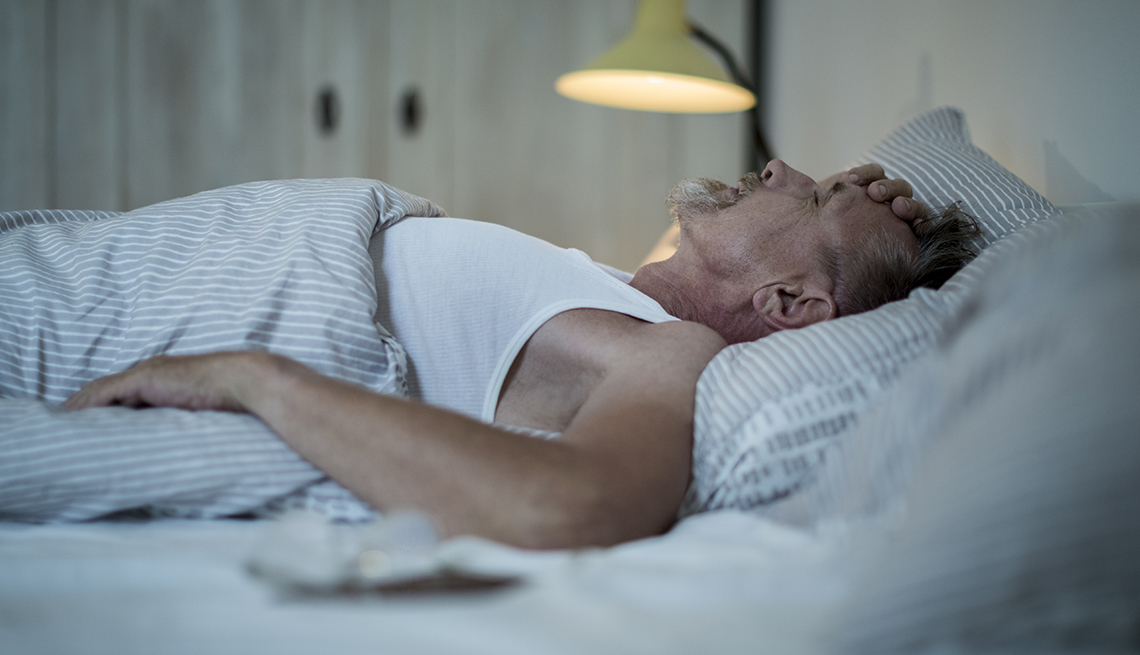

This can make it difficult to take deep breaths. chest pain or a tightness around the chest that comes on gradually.tenderness at the base of your pelvis, which can make sitting on a hard chair uncomfortable.soreness at the heel or in the arch of your foot.If most of the spine is affected, it can cause difficulty with activities that involve bending, twisting or turning.


The pain and stiffness can vary over time. Some people have pain, stiffness and swelling in their knees or ankles. You may also have neck, shoulder, hip or thigh pain, which is worse when you’ve not been active for a time, for example if you sit for long periods working at a desk. But the pain from ankylosing spondylitis is likely to be long lasting. The condition can sometimes be mistaken for common backache.Ĭommon backache often comes in short and painful spells.
UPPER CHEST DISCOMFORT IN MORNING AFTER COFFEE SKIN
Psoriatic (sorry-at-ick) spondyloarthritis is a form of psoriatic arthritis that can occur alongside the skin condition psoriasis.Some people with this condition are later diagnosed with ankylosing spondylitis. But there won’t be physical changes to the back that can be seen on an x-ray. Non-radiographic (non-radio-graff-ick) axial spondyloarthritis – the main symptoms are similar to ankylosing spondylitis – pain and stiffness around the spine.Here are some other types of spondyloarthritis: This is the name for a group of conditions with similar symptoms – mainly pain and stiffness around the spine. You can’t catch it from anyone else.Īnkylosing spondylitis is a type of spondyloarthritis (spon-dee-lo-arth-rye-tus). To some extent it’s related to your genes, but the condition isn’t passed directly from a parent to their children. We don’t yet know what causes ankylosing spondylitis. While it mainly affects the neck and back, it can also cause pain and stiffness elsewhere in the body, including in the hips, shoulders and feet. You can reduce the risk of this happening, if you: In serious cases this can make the spine curve forward more. In rare cases some of the bones of the spine may link up, or fuse together because of the extra calcium. This can make extra bits of bone grow and cause your back and neck to be more stiff. In response to the inflammation, the body produces extra calcium around the bones of the spine. It often starts in people who are in their late teens or 20s. This can make your back, rib cage and neck stiff and painful. Ankylosing spondylitis (AS) (ank-ee-lo-zing spon-dee-li-tus) is a type of arthritis that mainly affects the back, by causing inflammation in the spine.


 0 kommentar(er)
0 kommentar(er)
